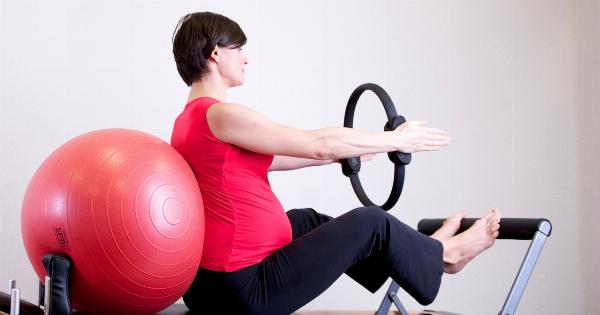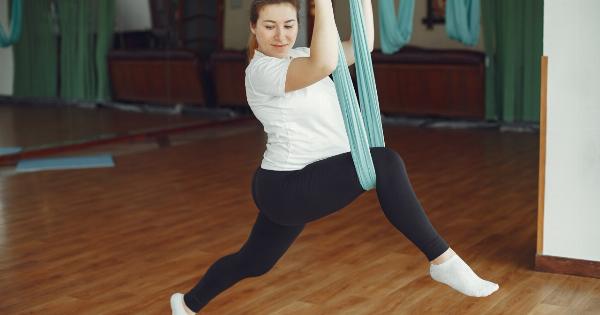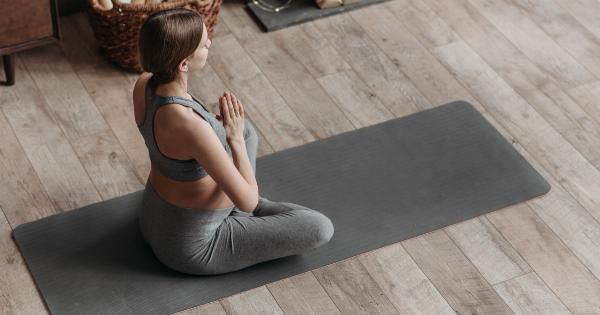Staying active during pregnancy is not only safe but highly recommended by fitness experts. Regular exercise can help alleviate common pregnancy discomforts, improve overall well-being, and even facilitate a smoother labor and delivery process.
However, it’s essential to approach your workout routine with caution and make modifications to ensure the safety of both you and your baby. In this article, we will discuss some valuable tips from fitness experts to help you maximize your workout routine while pregnant.
1. Consult your healthcare provider
Prior to starting or continuing any exercise routine during pregnancy, it’s crucial to consult your healthcare provider.
Your doctor or midwife can evaluate your overall health, any existing medical conditions, and provide personalized recommendations based on your specific circumstances.
2. Choose low-impact exercises
During pregnancy, it’s best to opt for low-impact exercises that minimize stress on your joints and pelvic floor. Some excellent low-impact options include swimming, prenatal yoga, walking, stationary cycling, and low-impact aerobics.
These activities provide cardiovascular benefits while reducing the risk of injury.
3. Listen to your body
Pay close attention to your body’s cues during exercise. Pregnancy hormones loosen ligaments and joints, making them more susceptible to injury. Modify or avoid any movements that cause pain, discomfort, or excessive fatigue.
Remember, the goal is to maintain your fitness levels and support your health, not to push your limits.
4. Stay hydrated
Hydration is crucial during pregnancy, especially when exercising. Drink plenty of water before, during, and after your workouts to prevent dehydration.
Dehydration can lead to dizziness, overheating, and contractions, which can be harmful to both you and your baby.
5. Warm up and cool down
Always start your workout routine with a proper warm-up to prepare your body for exercise. Gentle stretches and mobility exercises can help improve blood flow and flexibility.
Similarly, incorporate a cool-down phase at the end of your workout to gradually decrease your heart rate and prevent post-exercise dizziness or discomfort.
6. Don’t overheat
Pregnant women are more susceptible to overheating due to increased blood flow and hormonal changes. Avoid exercising in hot and humid environments and opt for well-ventilated areas. Wear breathable clothing and listen to your body’s signals.
If you start feeling excessively hot or lightheaded, take a break, seek shade, and drink water.
7. Engage your core
Strengthening your core muscles can help support your growing abdomen and improve posture.
However, avoid traditional abdominal exercises like sit-ups or crunches, as they can strain your abdominal muscles and contribute to diastasis recti (separation of the abdominal muscles). Instead, focus on exercises that engage your deep core muscles, such as pelvic tilts, gentle planks, and modified Pilates exercises.
8. Modify as your pregnancy progresses
As your pregnancy advances, your body will undergo numerous changes. Modify your workout routine accordingly and adapt to your body’s new needs.
Your balance, center of gravity, and joint stability will be affected, so choose exercises that are safe and comfortable. Consider switching to low-impact exercises exclusively during the later stages of pregnancy.
9. Use appropriate equipment
Invest in appropriate workout gear that provides support and comfort. Wear a supportive sports bra to minimize breast discomfort and protect yourself from injury.
Choose comfortable shoes that provide adequate arch support to compensate for the postural changes during pregnancy.
10. Prioritize safety and self-care
Above all, prioritize your safety and well-being. Be mindful of any warning signs during exercise, such as vaginal bleeding, chest pain, severe headache, dizziness, or reduced fetal movement.
If you experience any of these symptoms, stop exercising immediately and consult your healthcare provider.
Remember that every pregnancy is unique, and it’s essential to listen to your body and make adjustments accordingly.
Engaging in regular physical activity can have tremendous benefits for both you and your baby, but proper precautions and modifications are vital. By following these expert tips, you can maximize the effectiveness and safety of your workout routine throughout your pregnancy journey.



























